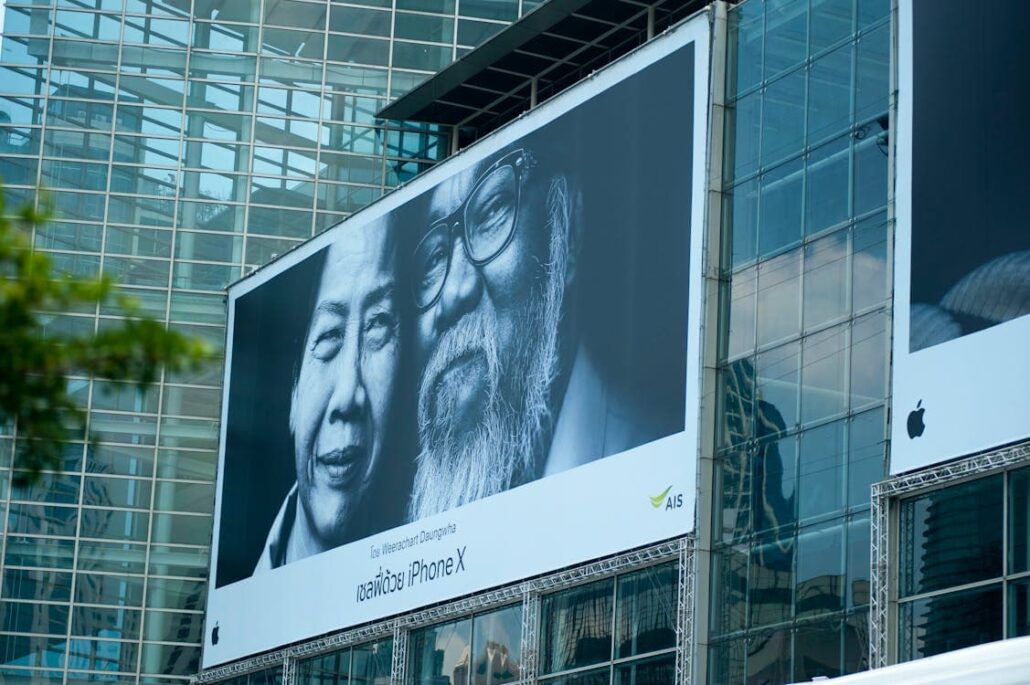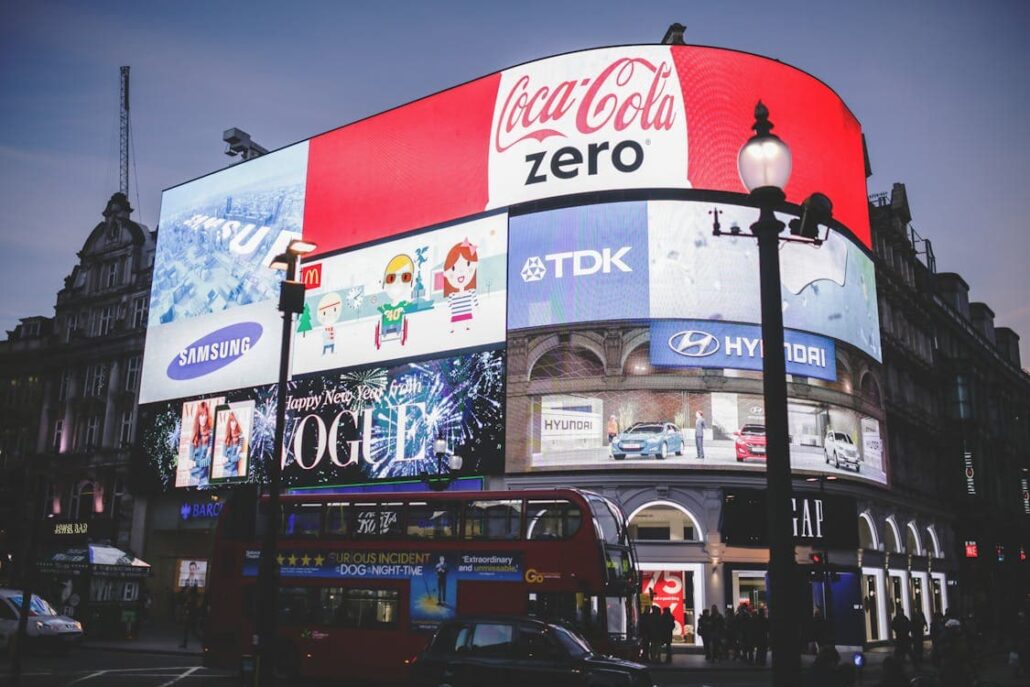Location-based marketing is all about using someone’s physical position to send them relevant ads, offers, and content. With tech advancing rapidly, this form of marketing is becoming more creative and effective. By leveraging travel information from platforms like Flightradars24.info, businesses can take their spatial campaigns to the next level. Here are some innovative ways to use geo-targeted marketing, with some real-world examples of how to make it work.
1. Geo-Fencing: Drawing Virtual Boundaries
Geo-fencing is like creating invisible borders around specific areas. When people enter or exit these areas, they get alerts or notifications on their gadgets. Imagine a coffee shop that sets up a geo-fence around its location. As soon as someone with their app walks by, they get a notification about a special discount. Now, add Flight Radar 24 into the mix. If a flight lands nearby, the coffee shop can ping travelers with a welcome message and a discount, knowing they might need a caffeine boost after their journey.
2. Beacons: In-Store Helpers

Beacons are very small devices that use Bluetooth to pair with phones. When someone with the store’s app gets close to a beacon, they receive custom-tailored messages. Think of a bookstore that uses beacons. As customers walk through different sections, they get recommendations based on their previous purchases. If the bookstore knows a flight with book-loving passengers is landing soon (thanks to Flightradar24), they can prepare personalized offers for these new arrivals, making them feel right at home.
3. Proximity Marketing: Close-Range Magic
Proximity marketing uses tech like Bluetooth, Wi-Fi, and NFC to send content to users based on their nearness to a specific place. A restaurant could use this to attract nearby diners with special offers. With Flightradar24, the restaurant can identify travelers just landed at the nearby airport and send them a message about a discount on their first meal. This way, the restaurant taps into a new crowd looking for a place to eat right after their flight.
4. Augmented Reality (AR): Bringing Content to Life
AR overlays digital content onto the real world, creating fun and interactive experiences. A travel agency might develop an AR app that provides detailed info when users point their phones at landmarks. By integrating Flightradar24, the app could also show updates on flights, helping travelers plan their sightseeing around flight schedules. This combo makes exploring new places more engaging and informative.
5. Hyperlocal Social Media Campaigns: Super Targeted Ads
Social media platforms are great for running hyperlocal campaigns that target users based on where they are. A local concert organizer could use geo-targeted ads to promote an event. By incorporating Flightradar24, they could also reach out to travelers arriving in town who might be looking for things to do. Personalized ads welcoming them to the city and inviting them to the concert can boost attendance and create excitement.
6. Real-Time Personalization: On-the-Fly Updates
Real-time personalization means tailoring content and offers based on what’s happening right now. A ride-sharing service could use Flightradar24 to know when a traveler’s flight is landing and send a message offering a discount on their first ride. This ensures the traveler has a convenient option waiting as soon as they step off the plane, making their journey smoother and more enjoyable.
7. Event-Based Marketing: Timing Is Everything
Event-based marketing engages customers during specific events or activities. This could be anything from sports games to personal milestones like birthdays. A tourism board could target travelers arriving for a big festival with personalized recommendations for events, dining, and attractions. By knowing flight details through Flightradar24, they can time their messages perfectly, ensuring travelers get the info right when they need it.
8. Geo-Conquesting: Winning Over Competitors’ Customers
Geo-conquesting targets customers who are near a competitor’s area, offering them incentives to switch. A car rental company could use this to attract travelers who just landed and are considering renting a car from a competitor. With Flightradar24, they can send individualized offers to these travelers as soon as they land, tempting them to choose their service instead.
9. Smart Billboards: Dynamic and Interactive Ads

Smart billboards use location-based tech to display ads that change based on who’s nearby. Near airports, these billboards could show personalized messages to arriving travelers. For instance, a hotel could advertise its services with a special welcome message and discount for travelers who just landed, tailored to the specific flights that have arrived. This makes the ads more relevant and engaging.
10. Location-Based Augmented Reality Games
Geo-targeted AR games like Pokémon GO have shown how engaging this technology can be. A brand could create a similar game where users earn rewards by visiting certain locations. By integrating Flightradar24, the game could feature special events at airports or tourist hotspots, encouraging players to explore new places while interacting with the brand in a fun and engaging way.
11. Localized Content for Mobile Users

Businesses can create localized content that provides value to mobile users based on their present position. For example, a local guide app could offer updates and recommendations for nearby attractions, restaurants, and events. By using Flightradar24, the app could also provide travel tips and flight information, making it a one-stop resource for travelers exploring a new city.
12. Pop-Up Shops and Events
Location-specific advertising can also drive interest in temporary pop-up shops and events. A fashion brand could set up a pop-up store in a trendy neighborhood and use geo-fencing to attract nearby shoppers with exclusive offers. If a flight with potential customers is landing soon, the brand could send out notifications about the pop-up event, encouraging travelers to check it out.
13. Personalized Travel Itineraries
Travel agencies can use geo-marketing to generate bespoke travel itineraries for their clients. By leveraging Flightradar24, they can provide updates on flight schedules, suggest nearby attractions, and offer special deals on local experiences. This not only enhances the travel experience but also builds a stronger relationship with clients by showing attention to detail.
14. Real-Time Customer Support
Place-based ads can improve customer support by providing assistance based on a individual’s location. For instance, a hotel chain could use location data to offer immediate help to guests who have just arrived, ensuring a smooth check-in process. By integrating Flightradar24, they can also provide travel updates and assistance with transportation, making the entire experience more seamless and stress-free.
15. Virtual Tours with Real-Time Data
Real estate companies can offer virtual tours of properties that are enhanced with location data. Potential buyers can explore neighborhoods and see information about nearby amenities, schools, and public transportation. By using Flightradar24, the tours can also include flight path information for properties near airports, helping buyers make more informed decisions.
Final Words
Location-based marketing is a versatile and powerful tool that can be used in countless creative ways. By leveraging travel and aviation data from platforms like Flightradar24, enterprises can make their campaigns more individual, timely, and relevant. Whether through geo-fencing, beacons, proximity marketing, augmented reality, hyperlocal social media campaigns, real-time personalization, event-based marketing, geo-conquesting, smart billboards, or other innovative strategies, the integration of location-based data opens up new possibilities for engaging and delighting customers. As technology continues to advance, the potential for locale-focused marketing will only grow, providing businesses with even more ways to connect with their audiences in meaningful and impactful ways.










